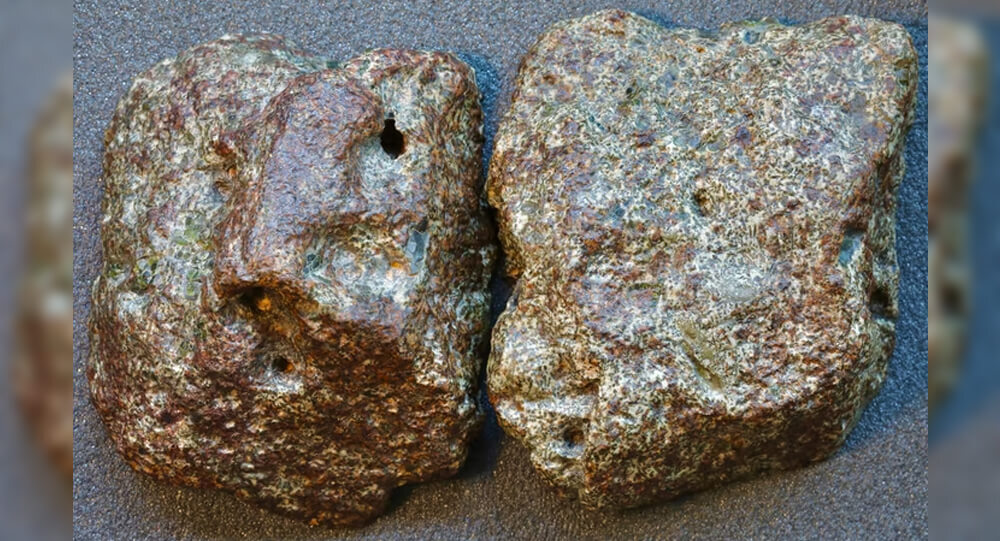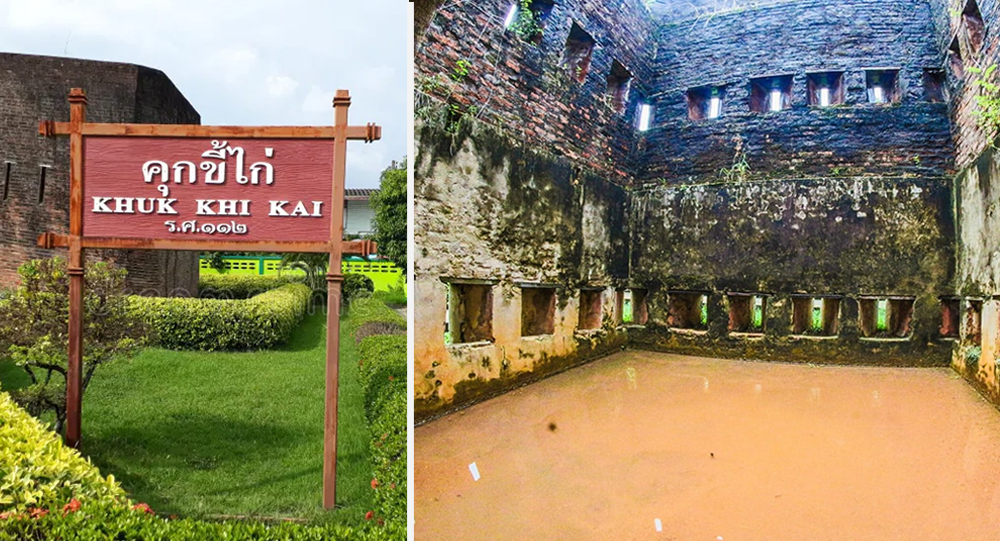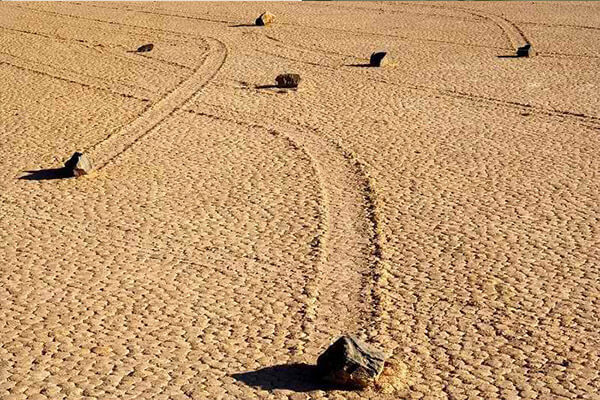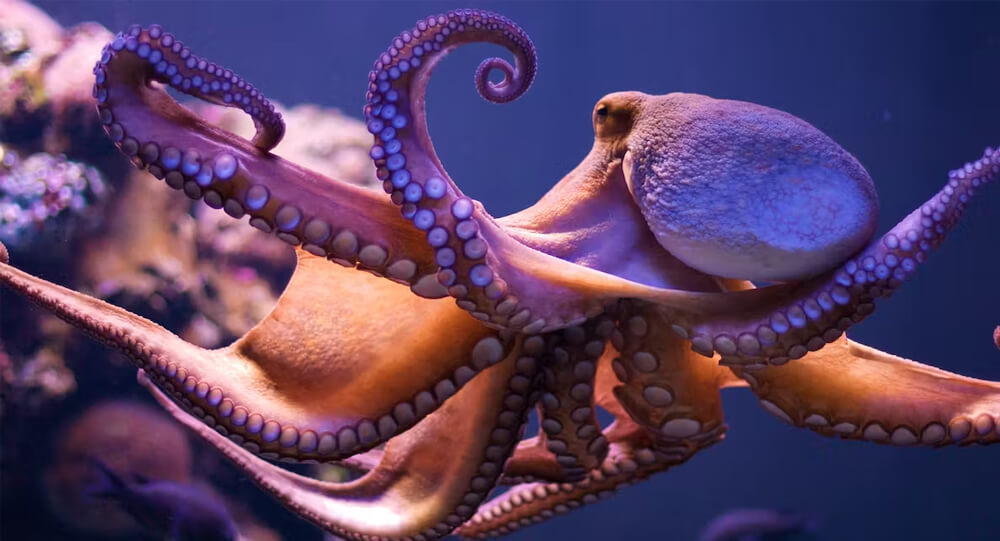It has been determined that a meteorite that fell in the Sahara Desert in 2020 is 4.56 billion years old, making the volcanic rock older than the Earth, which is thought to be 4.54 billion years old.
The rock, known as Erg Chech 002 (EC 002) after the Algerian location where it was found, is a rare artifact from a protoplanet, which is thought to have formed when the solar system was only 2 million years old. Protoplanets are large bodies of matter in orbit around other stars.
The Sun was thought to have formed first, over 4.6 billion years ago, and the solar system with all of its planets was thought to have evolved to its current structure about 4.57 billion years ago.
The research team, led by Jean-Alix Barrat of the Université de Bretagne Occidentale in France, hypothesizes that as larger, rocky planets formed closer to the Sun, this astronomical body would have either been obliterated or absorbed by them.
The results of the study on meteorites were released in the PNAS journal last year.
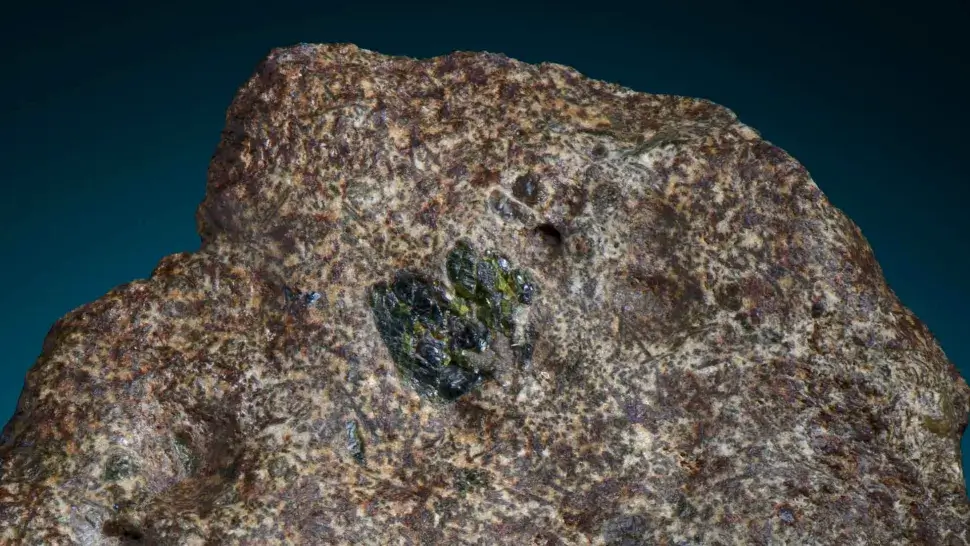
The meteorite was one of a group that was discovered in the Erg Chech sand sea in May 2020 close to Bir Ben Takoul in southern Algeria. The stones are described as having “coarse grained, tan and beige appearance” with green, yellow-green, and yellow-brown crystals interspersed. They are igneous, which means that magma or molten rock is how they were created.
The majority of the material from that era has since joined other bodies that have developed to form planets or asteroids, from which we have a large number of meteorites today. A rock like EC 002 is a remnant from the very early days of the solar system. The fact that EC 002 differs from any known asteroid or meteorite shows how uncommon the discovery is and how these rocks probably don’t exist anymore.
About the meteorite
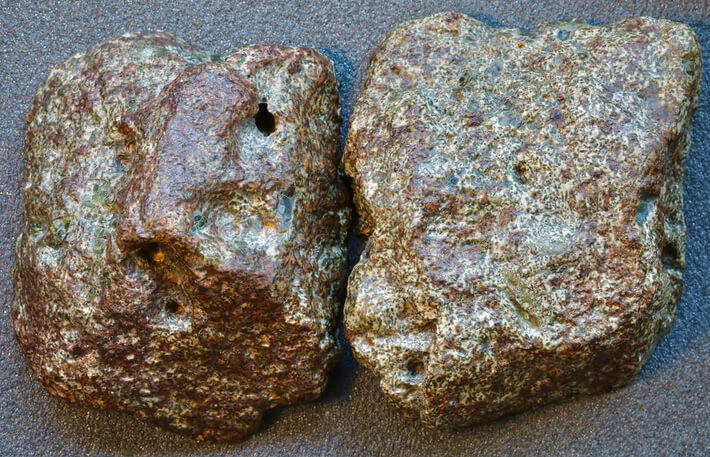
The meteorite is made of an andesite rock type, which is composed of solidified lava or magma. These can be found on Earth in subduction zones, which are locations where tectonic plates collide and rock from the crust enters the planet’s mantle. Andesites have hardly ever been discovered in meteorites.
EC 002 is a type of meteorite known as an achondrite, which is a parent body that had a differentiated crust and core, similar to the rocky planets. When smaller rock fragments combine in space, ‘chondrules,’ which resemble round bubbles of partially molten droplets, form. Achondrites lack these chondrules. This rock, which is rich in silica while most magma is rich in iron, is thought to have formed from partially molten magma in the crust of its parent body.
Additionally, it is categorized as ungrouped, which means that despite having clearly defined characteristics, none of its characteristics fit into any recognized groups of meteorites.
The rock was probably a piece of the crust of an ancient protoplanet or an early rocky planet that eventually broke up, according to the researchers’ analysis. At least 1,220°C and at least 100,000 years would have passed for the magma that gave rise to EC 002 to cool and solidify.
